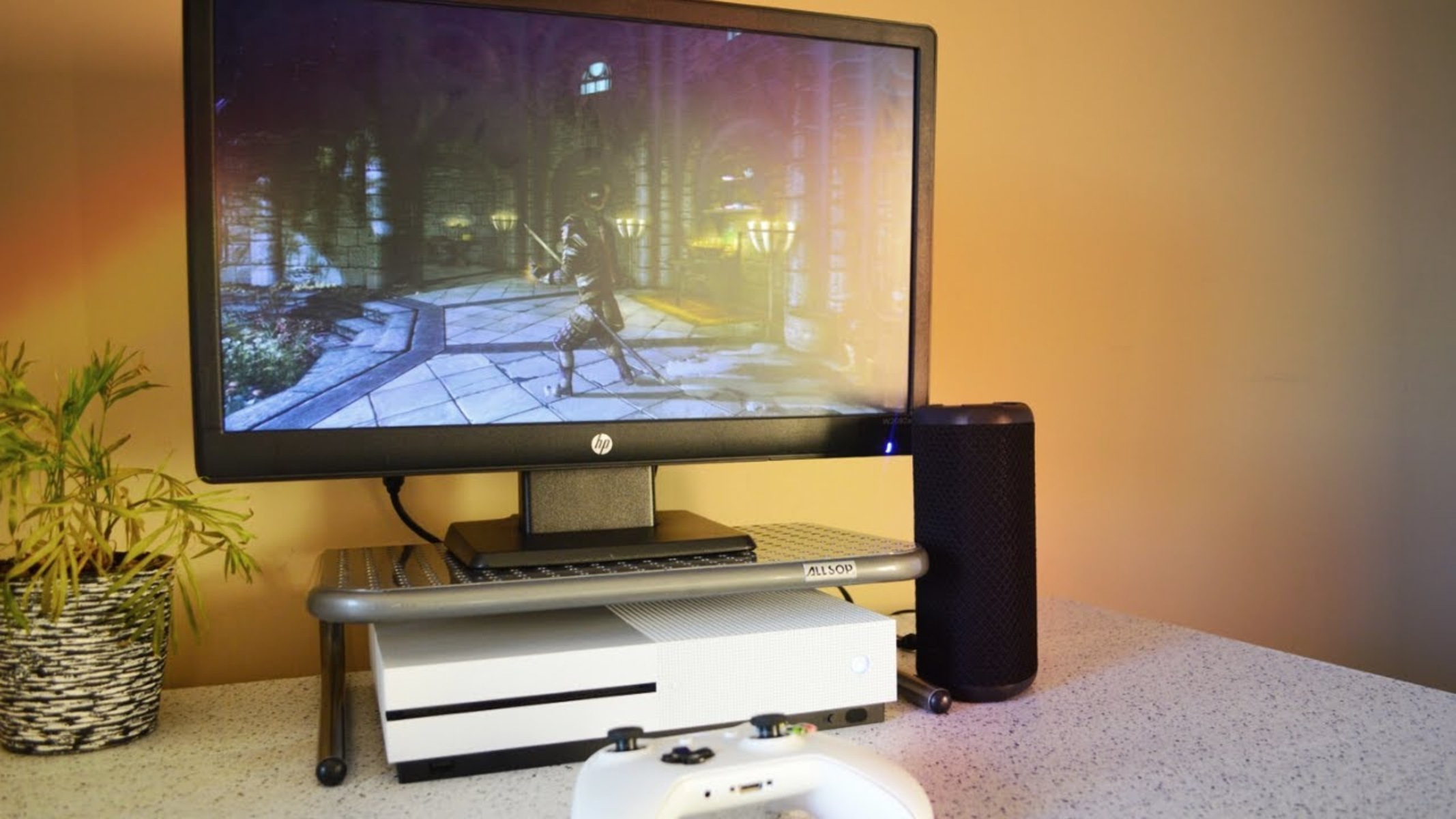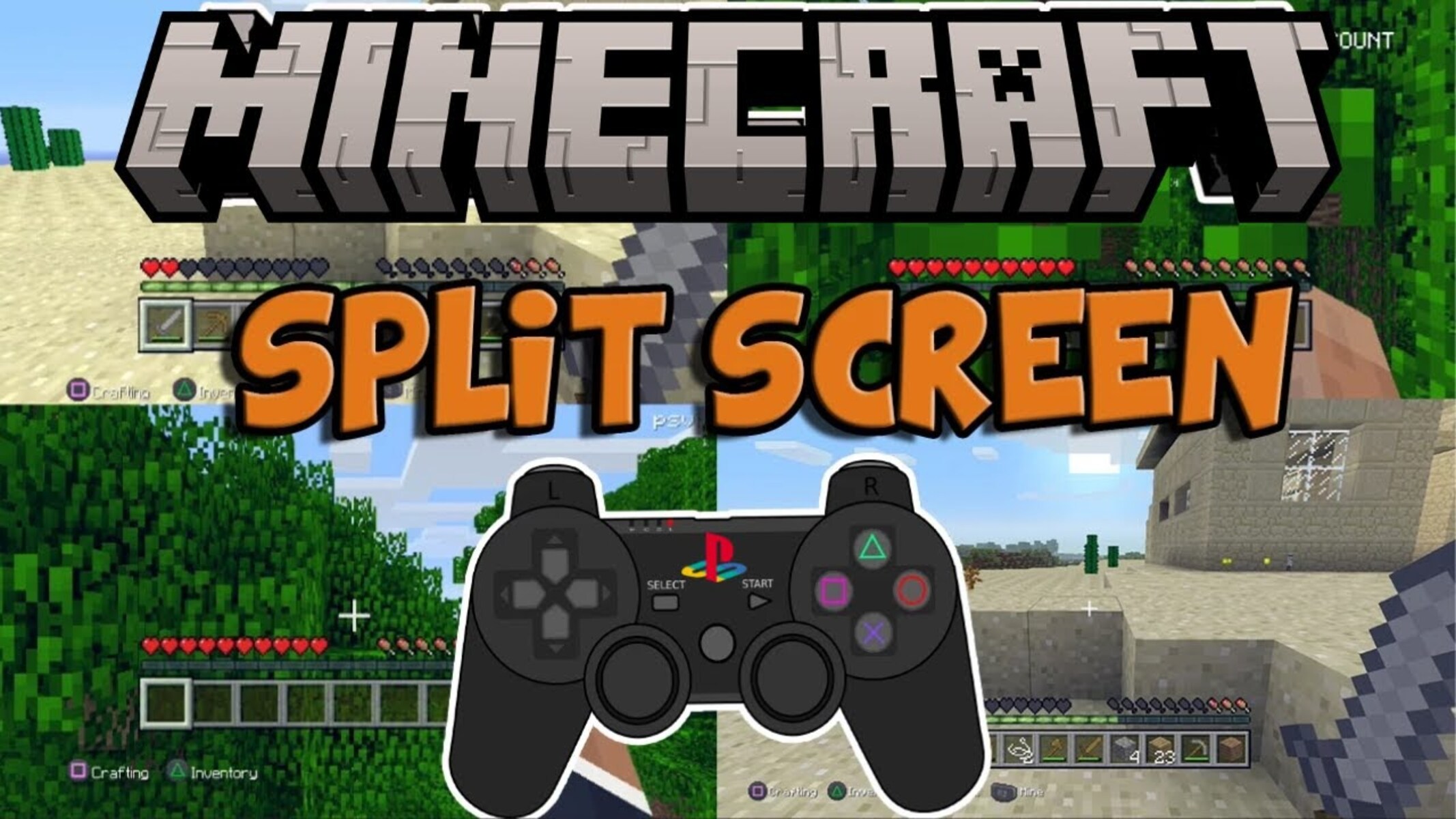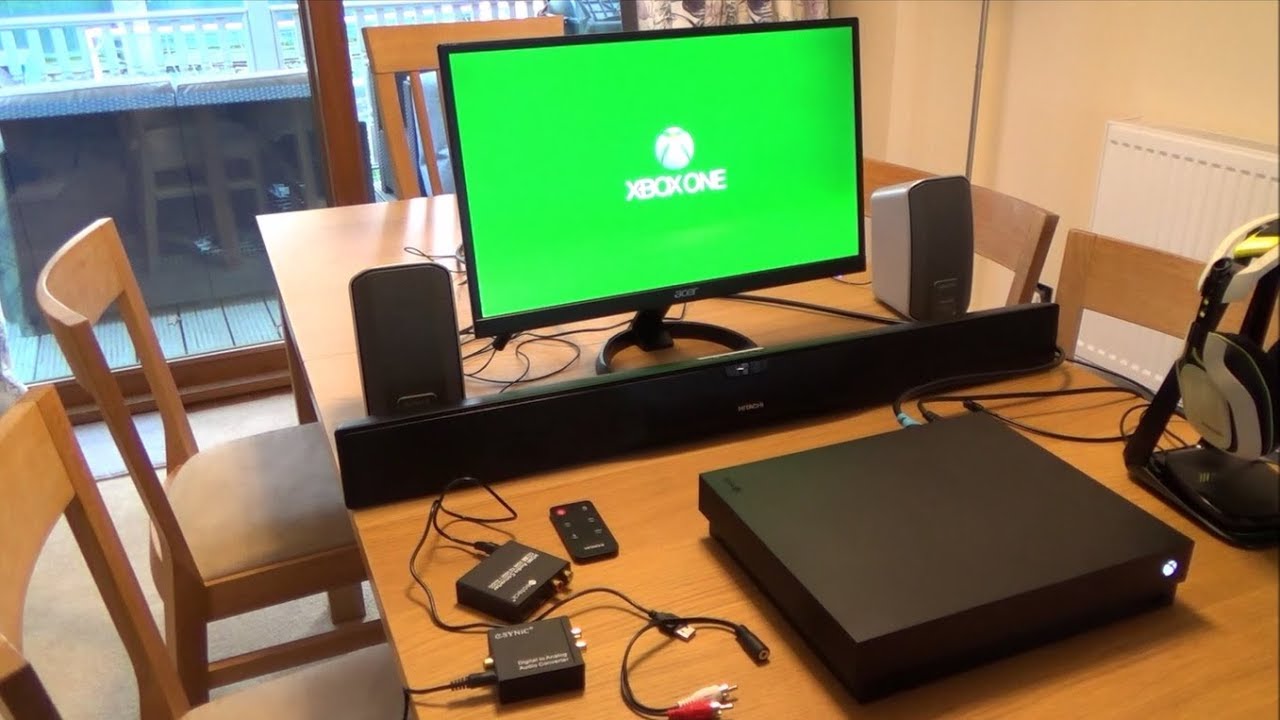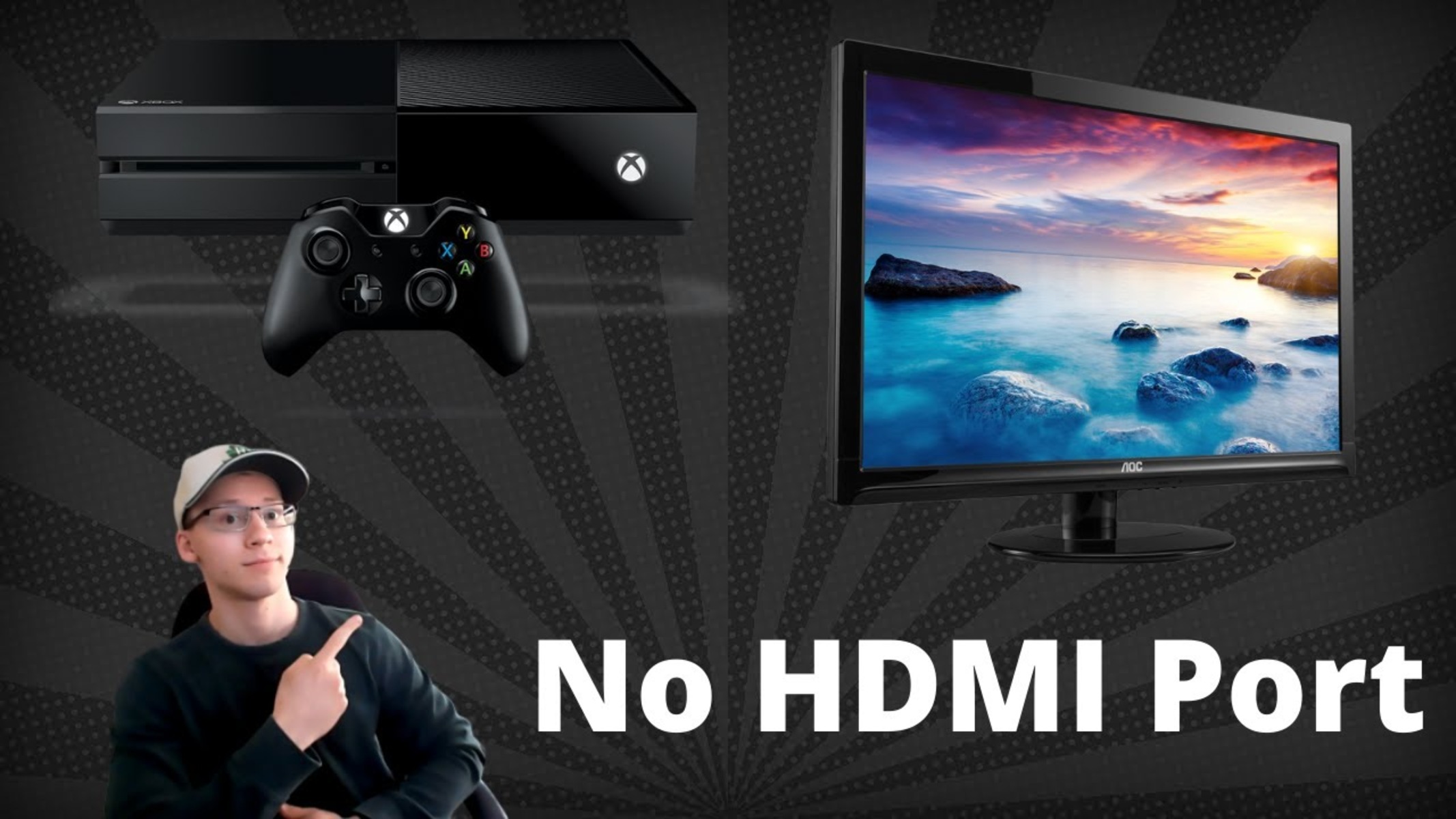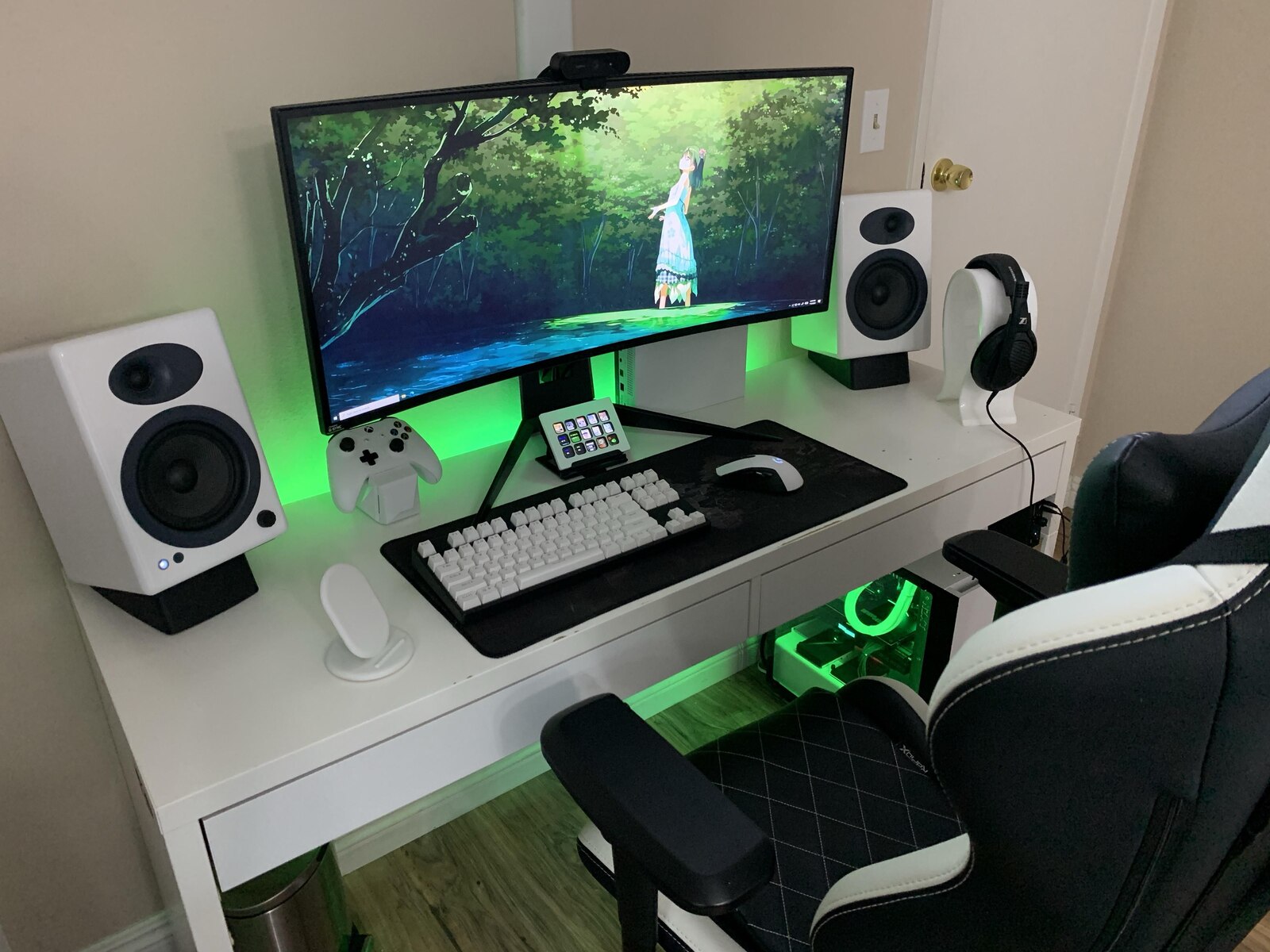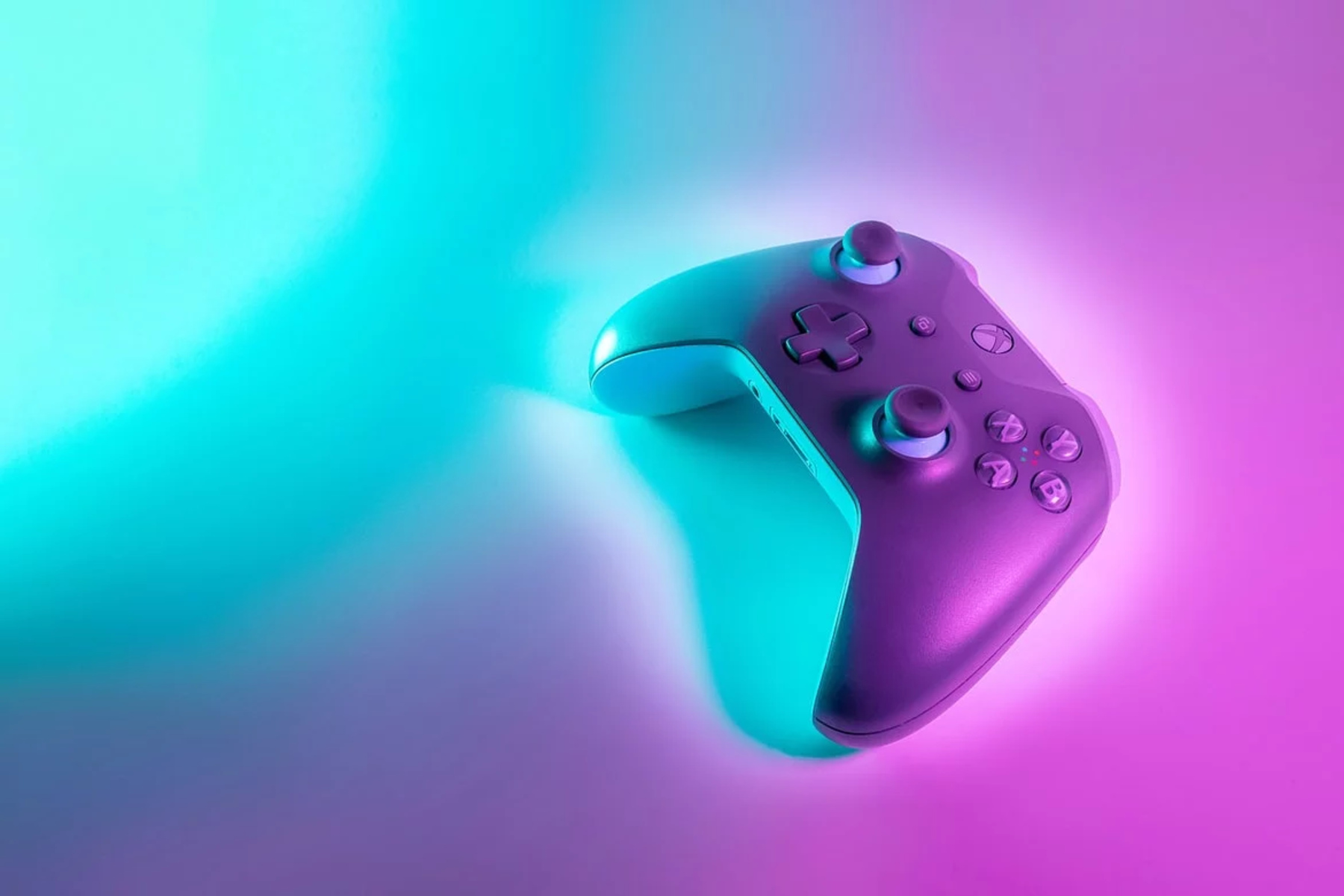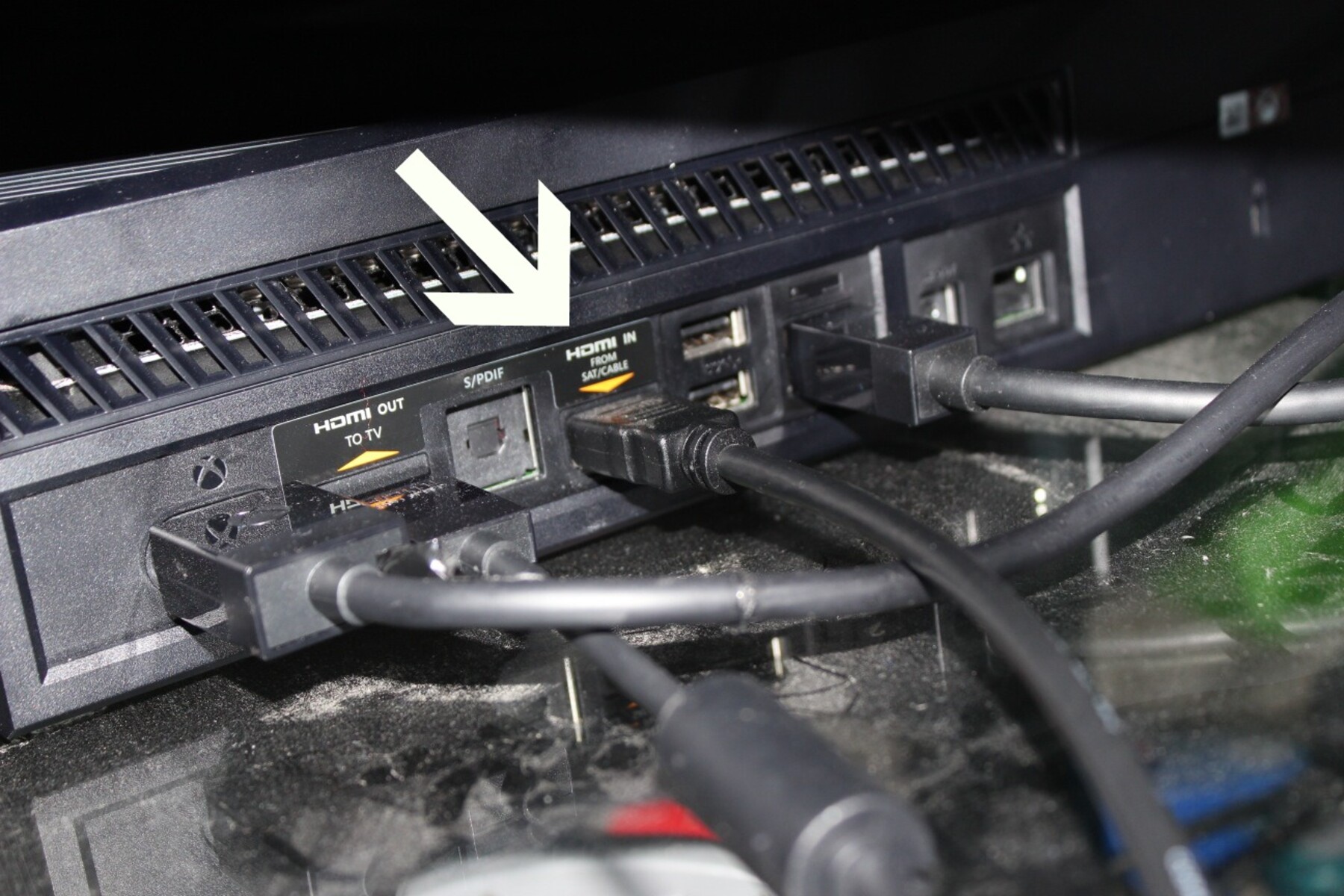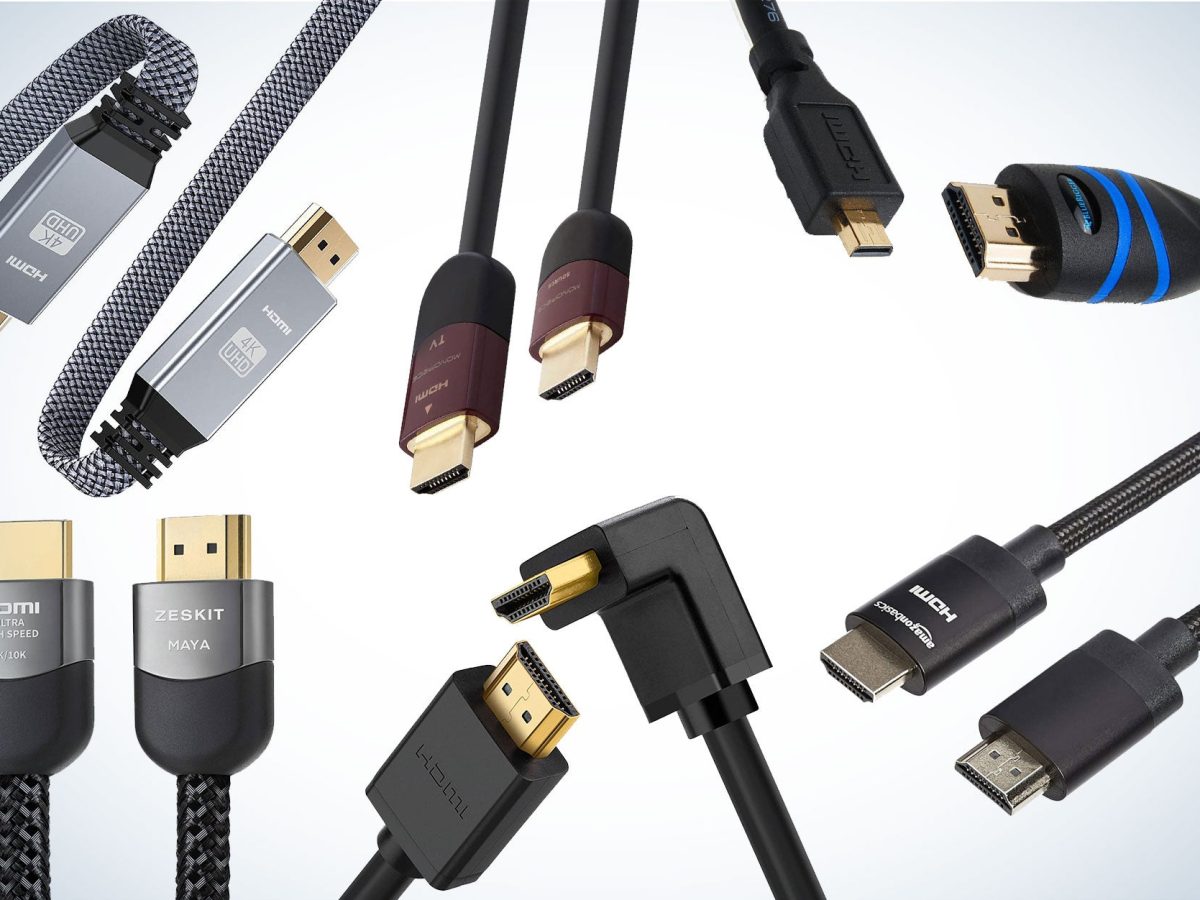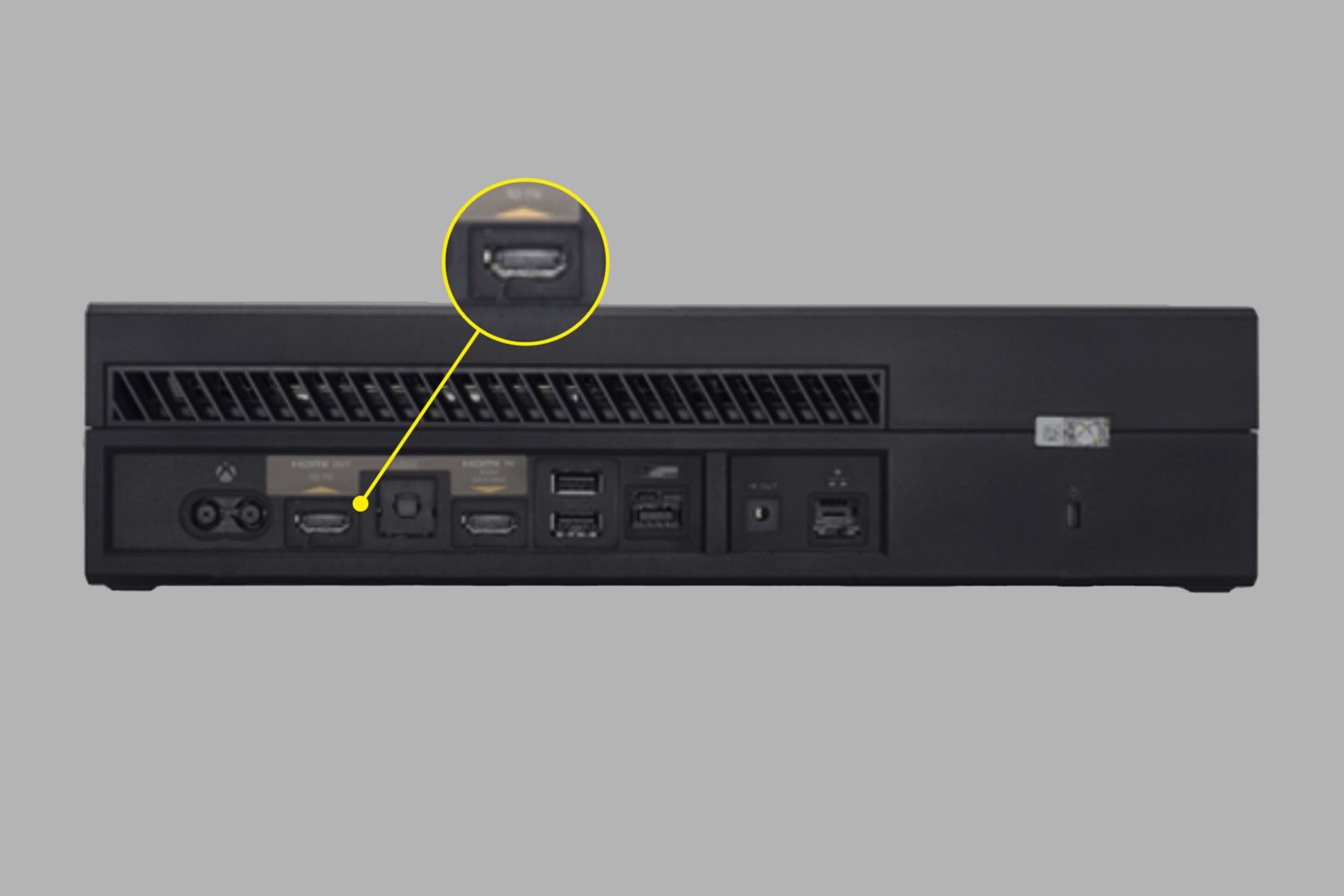Introduction
Connecting your Xbox to a monitor without HDMI may feel like a daunting task, especially if you’re used to the convenience and simplicity that HDMI cables provide. However, with the right equipment and a little know-how, you can easily connect your Xbox to a monitor using alternative cables and adapters.
Whether you’re a hardcore gamer looking to enjoy your favorite games on a larger screen or a casual player looking to switch up your gaming setup, there are several options available to you. In this article, we’ll explore different methods to connect your Xbox to a monitor without HDMI, including using VGA, DVI, Component AV cables, and HDMI to DVI adapters.
Before we dive into the various options, it’s important to note that the availability of these methods will depend on the specific ports and compatibility of your Xbox and monitor. Make sure to check the ports on both devices before choosing the best method for your setup.
Additionally, it’s crucial to ensure that your monitor supports the resolution and refresh rate output by your Xbox for the best gaming experience. Now, let’s explore the different ways you can connect your Xbox to a monitor without HDMI.
Necessary Equipment
Before you start connecting your Xbox to a monitor without HDMI, there are a few key pieces of equipment you’ll need. Here’s a list of the necessary items to ensure a successful connection:
- 1. Xbox Console: This goes without saying, but you’ll need an Xbox console, such as Xbox One or Xbox Series X/S, to connect to your monitor.
- 2. Monitor: Ensure you have a monitor with the necessary input ports to connect your Xbox. Look for monitors with VGA, DVI, or Component AV inputs.
- 3. Cables: Depending on the method you choose, you’ll need the appropriate cable. This can include VGA, DVI, or Component AV cables, as well as an HDMI to DVI adapter if required.
- 4. Audio Cable: If your monitor does not have built-in speakers, you’ll need an audio cable to connect your Xbox to external speakers or headphones.
- 5. Power Supply: Make sure you have the necessary power supply for your Xbox console and monitor.
Having the right equipment is crucial for a smooth and hassle-free setup. It ensures that you have all the necessary components to establish a reliable connection between your Xbox and monitor. Once you have gathered all the required equipment, you can move on to the different methods of connecting your Xbox to a monitor without HDMI.
Option 1: Using a VGA Cable
If your monitor has a VGA input port, you can connect your Xbox to it using a VGA cable. Here’s how to do it:
- 1. Ensure your Xbox console is powered off.
- 2. Locate the VGA port on the back of your Xbox console.
- 3. Connect one end of the VGA cable to the VGA port on the Xbox console.
- 4. Locate the VGA input port on your monitor.
- 5. Connect the other end of the VGA cable to the VGA input port on your monitor.
- 6. Power on your Xbox console and monitor.
- 7. On your monitor’s display settings, select the VGA input source to view the Xbox output.
Once the connection is established, you should be able to see your Xbox display on the monitor. However, keep in mind that VGA cables only transmit video signals, so you’ll need to connect separate audio cables from your Xbox to external speakers or headphones if your monitor doesn’t have built-in audio capabilities.
Using a VGA cable is a straightforward and cost-effective method to connect your Xbox to a monitor without HDMI. It provides a reliable video transmission, although it may not support the highest resolutions and refresh rates compared to other connection options. Take note of the supported resolution and adjust the settings accordingly on your Xbox to optimize the visual experience.
Option 2: Using a DVI Cable
If your monitor has a DVI input port, you can connect your Xbox to it using a DVI cable. Here’s how to do it:
- 1. Ensure your Xbox console is powered off.
- 2. Locate the HDMI port on the back of your Xbox console.
- 3. Connect one end of an HDMI to DVI adapter to the HDMI port on your Xbox console.
- 4. Connect the DVI cable to the DVI port on the HDMI to DVI adapter.
- 5. Locate the DVI input port on your monitor.
- 6. Connect the other end of the DVI cable to the DVI input port on your monitor.
- 7. Power on your Xbox console and monitor.
- 8. On your monitor’s display settings, select the DVI input source to view the Xbox output.
Once the connection is established, you should be able to see your Xbox display on the monitor. If your monitor supports audio over DVI, it will transmit the audio as well. However, if your monitor doesn’t have audio capabilities, you’ll need to connect separate audio cables from your Xbox to external speakers or headphones.
Using a DVI cable with an HDMI to DVI adapter provides a reliable video connection, and when audio is supported, it simplifies the setup by transmitting both video and audio signals. Ensure that your monitor supports the desired resolution and adjust the settings on your Xbox accordingly for the best visual experience.
Option 3: Using a Component AV Cable
If your monitor has component AV input ports, you can connect your Xbox to it using a component AV cable. The component AV cable consists of red, blue, and green video connectors, along with red and white audio connectors. Here’s how to do it:
- 1. Ensure your Xbox console is powered off.
- 2. Locate the AV port on the back of your Xbox console.
- 3. Connect the component AV cable to the AV port on the Xbox console.
- 4. Identify the matching component AV input ports on your monitor.
- 5. Connect the red, blue, and green video connectors of the component AV cable to their respective color-coded component AV input ports on your monitor.
- 6. Connect the red and white audio connectors of the component AV cable to the corresponding audio input ports on your monitor.
- 7. Power on your Xbox console and monitor.
- 8. On your monitor’s display settings, select the component AV input source to view the Xbox output.
Once the connection is established, you should be able to see your Xbox display on the monitor. The component AV cable transmits both video and audio signals, so separate audio connections are not necessary.
Using a component AV cable is a reliable option for connecting your Xbox to a monitor without HDMI. However, it’s important to note that component AV cables may not support high-definition resolutions. Adjust the display settings on your Xbox to match the supported resolution of your monitor for optimal visuals.
Option 4: Using an HDMI to DVI Adapter
If your monitor has a DVI input port but lacks an HDMI input, you can still connect your Xbox to it by using an HDMI to DVI adapter. This method allows you to take advantage of the HDMI output from your Xbox and convert it to DVI for your monitor. Here’s how to do it:
- 1. Ensure your Xbox console is powered off.
- 2. Locate the HDMI port on the back of your Xbox console.
- 3. Connect one end of the HDMI cable to the HDMI port on your Xbox console.
- 4. Connect the other end of the HDMI cable to the HDMI input of the HDMI to DVI adapter.
- 5. Connect the DVI cable to the DVI output of the HDMI to DVI adapter.
- 6. Locate the DVI input port on your monitor.
- 7. Connect the other end of the DVI cable to the DVI input port on your monitor.
- 8. Power on your Xbox console and monitor.
- 9. On your monitor’s display settings, select the DVI input source to view the Xbox output.
Once the connection is established, you should be able to see your Xbox display on the monitor. Keep in mind that the HDMI to DVI adapter only transmits video signals, so you’ll need to connect separate audio cables from your Xbox to external speakers or headphones if audio is required.
Using an HDMI to DVI adapter provides a convenient solution when your monitor only supports DVI input. It allows you to connect your Xbox and take advantage of the HDMI output, ensuring high-quality video transmission. However, remember to verify the supported resolution and adjust the Xbox settings accordingly for the best visual experience.
Troubleshooting and Tips
While connecting your Xbox to a monitor without HDMI is generally straightforward, there might be instances where you encounter issues or want some additional tips to enhance your experience. Here are some troubleshooting steps and tips to help you along the way:
- 1. Checking cable connections: Make sure all the cables are securely connected to both the Xbox console and the monitor. Loose connections can cause display issues.
- 2. Adjusting display settings: Access the display settings on your Xbox to ensure the resolution and refresh rate are correctly set to match your monitor’s capabilities.
- 3. Power cycling: If you’re experiencing display or audio issues, try power cycling both your Xbox and the monitor. This involves turning them off, unplugging the power cords, waiting for a few seconds, and then plugging them back in and powering them on.
- 4. Using the correct input source: Double-check that you’ve selected the correct input source on your monitor to receive the signal from the Xbox.
- 5. Testing different cables and adapters: If you’re encountering issues, try using different cables or adapters to eliminate the possibility of faulty equipment.
- 6. Updating firmware: Make sure your Xbox console and monitor have the latest firmware updates installed. Firmware updates often address compatibility and performance issues.
- 7. Using quality cables: Opt for high-quality cables and adapters to ensure the best signal transmission and minimize potential signal degradation.
- 8. Consider audio options: If your monitor doesn’t have built-in speakers or audio capabilities, explore alternative audio setups such as connecting external speakers or using wireless headphones.
By following these troubleshooting steps and implementing these tips, you’ll be able to overcome common issues and optimize your Xbox gaming experience on your monitor without HDMI.
Conclusion
Connecting your Xbox to a monitor without HDMI is easier than you might think. By utilizing different cables and adapters, you can enjoy your Xbox gaming experience on a larger screen even if your monitor lacks an HDMI input. Whether you choose to use a VGA cable, a DVI cable with an adapter, a component AV cable, or an HDMI to DVI adapter, each method offers its own benefits and considerations.
It’s important to keep in mind that the availability of these connection options will depend on the specific ports and compatibility of your Xbox console and monitor. Checking the input ports and ensuring the supported resolutions will help you choose the best method for your setup.
Remember to adjust the display settings on your Xbox to match your monitor’s capabilities, ensuring the optimal visual experience. Additionally, consider the audio requirements of your setup and connect external speakers or headphones if necessary.
By following the necessary steps and troubleshooting any issues that may arise, you’ll be able to successfully connect your Xbox to a monitor without HDMI and enjoy your favorite games with enhanced visuals and immersion. So go ahead, explore the options available, gather the required equipment, and take your gaming experience to new heights.







